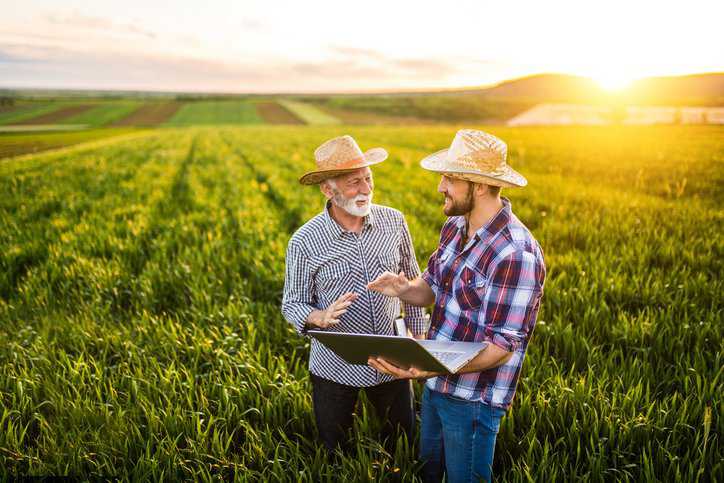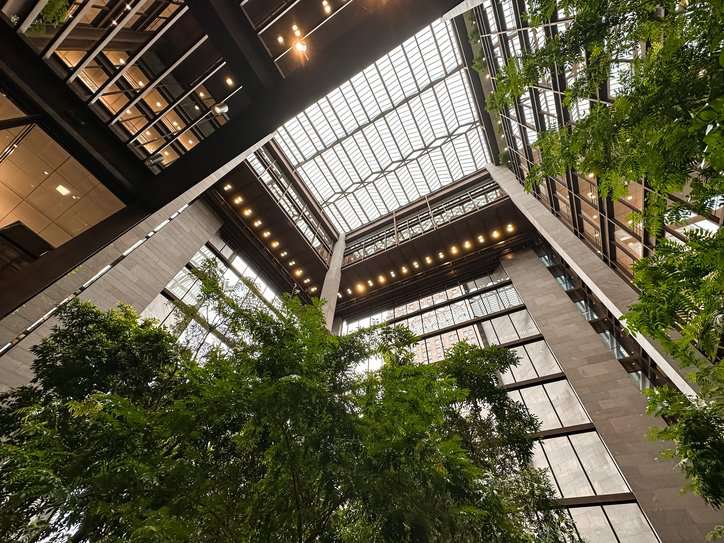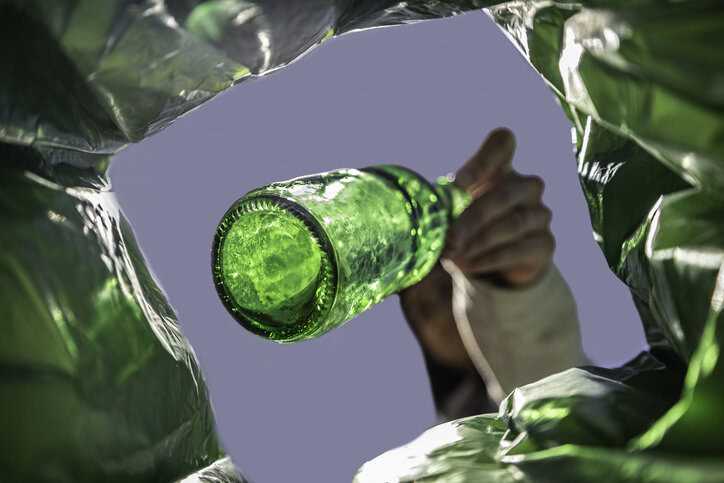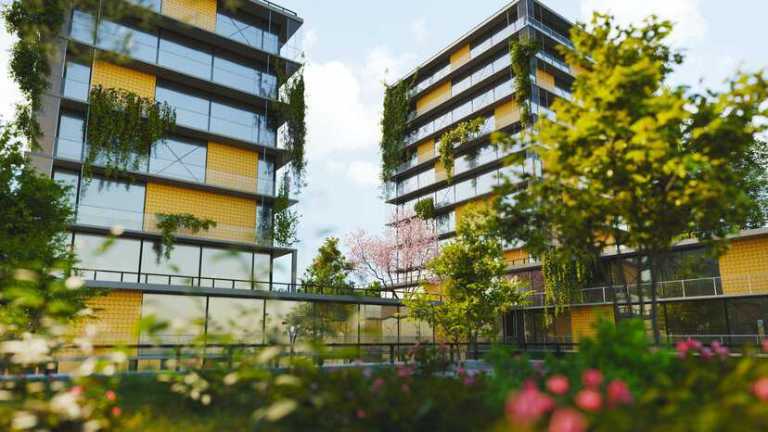IWA 29:2019—Professional Farmer Organization
Globally, 40% of the population earns its income from agriculture; hence, agriculture is the largest employer in the world—employing over one billion people. Agriculture also…

Globally, 40% of the population earns its income from agriculture; hence, agriculture is the largest employer in the world—employing over one billion people. Agriculture also…

The average American spends as much as 90% of their time inside—mostly at work. As such, ensuring that buildings are healthy is critical for the well-being…

Industry 5.0 is the first industrial evolution ever led by humans. It recovers the missing link between nature and human made ecosystems. What Is Industry…

The lithium-ion battery was first proposed by university researchers in England and Japan in the 1980s. However, it did not become commercially available until the Sony…

Snow reflects the Sun’s energy back out into space and helps keep the planet cool. Less snow on the ground means less reflectivity and more…

In one year, a mature tree will absorb more than 48 pounds of carbon dioxide (CO2) from the atmosphere. By storing that carbon, a forest…

Architects are increasingly interested in reducing the environmental impact of the buildings they design. Life Cycle Assessment (LCA) helps answer questions that arise during the…

The modern American beach holiday was invented in Britain in the late 18th century largely due to medical prescriptions at the time. Many contemporary doctors…

An Environmental Management System (EMS) is a framework that helps an organization achieve its individual environmental goals through consistent review, evaluation, and improvement of its environmental…